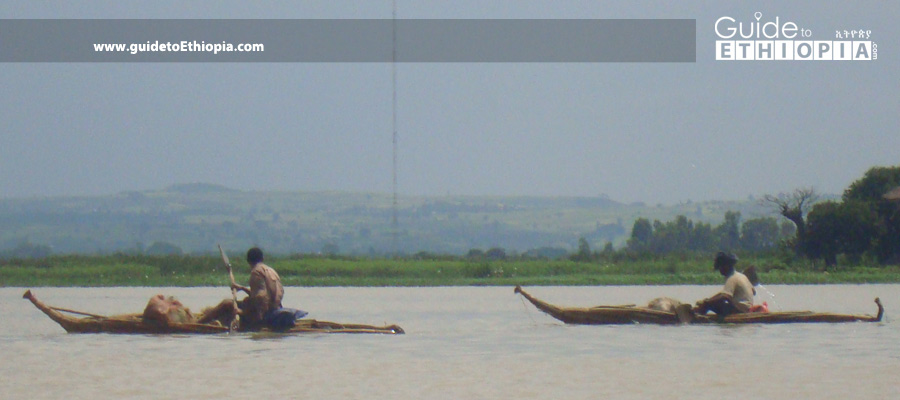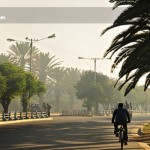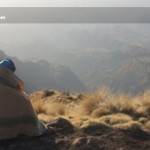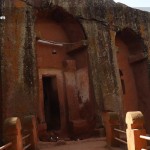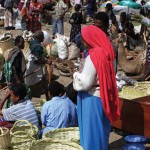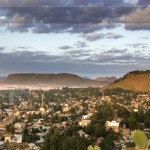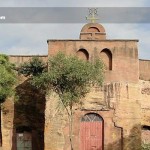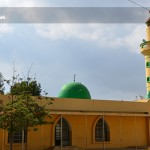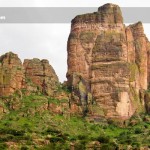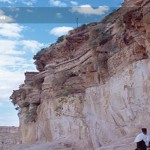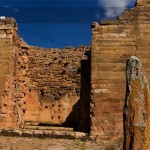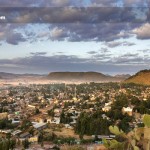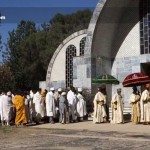Lake Tana is the largest lake in Ethiopia and third largest in Africa, spanning an area of more than 3500 square Km. This highland lake set at an altitude of 1800 meters above sea level was formed by a volcanic eruption and is the main source of the Blue Nile and hosts several species of birds and wildlife.
The lake harbors 14 different species of fish (out of which about 9 are endemic) and more than 50 species of birds making it a bird-watchers paradise. Some of the more unique species are the African Long-eared Owl, Dark-headed Oriole, Wattled Crane and Pallid Harrier while flotillas of White Pelicans are an especially common sight.
The islands dotted all over the magnificent waters are places where some of the most captivating and oldest monasteries in Ethiopia can be found and the northern and southern shores of the lake have spawned the great historic cities of Gondar and Bahir Dar respectively.
Some of the 21 churches that are mostly spread out on the 39 different islands located on the lake go all the way back to the 13th century and contain the earliest religious and historical manuscripts, awe-inspiring incarnations of ecclesiastic art and royal crowns and scepters used by early Christian kings and emperors inside their monastic treasuries. Several of the Lake Tana monasteries are located on the south west edge of the lake in the Zegie Peninsula which hosts dense forests and a total of seven monasteries and churches including Ura Kidanemihret, Azewa Mariam, Mahil Zegie Giorgis, Betre Mariam, Yiganda Tekle Haimanot and Fure Mariam.
The old town of Gorgora is found at the Northern Shore of Lake Tana. It was the seat of Emperor Susenyos in the early 17th century. It is a very attractive spot to birdwatchers. The Monastery of Debre Sina Mariam is a highlight of any visit to Gorgora town. The murals on the monas tery rank with the most complex to be seen in the Tana region. These murals were painted at least 300 years ago, making them older than those at Ura Kidane Mihret or Narga Selassie. Another place of interest is the Gorgora Cathedral built by the Jesuit priest after he was granted land by Emperor Susenyos. Though the cathedral now is an overgrown ruin, the tall walls, pillars and archways engraved with flowers and crosses would hint at its former grandeur. ‘Old Gorgora’ and the ruined palace, constructed by Emperor Susenyos are situated on a peninsula around 10 km west of Gorgora. To visit Gorgora there is a weekly ferry to and from Bahir Dar or you can charter a boat from Bahir Dar. It is also possible to visit the port from Gondar either by a public transport or a private vehicle, which is 60 km south of Gondar and about an hour and a half drive from there.

